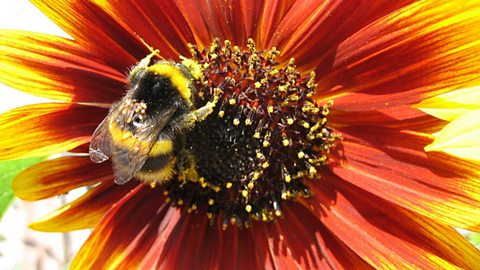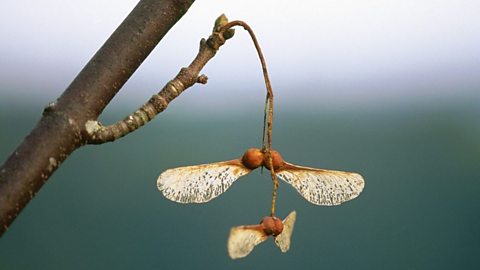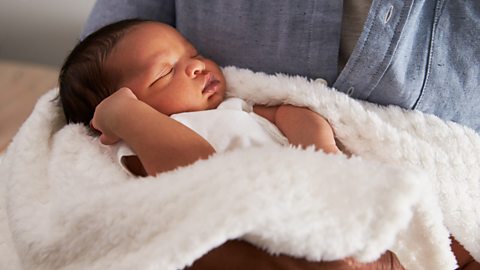Key points
When the nucleus of a sperm and egg fuse together, the egg is fertilised and it develops into a fetus.
The fetus grows in the motherÔÇÖs uterus. The mother's body provides all the baby needs until birth.
Human reproduction interactive
Play this game to explore human reproduction and the stages of pregnancy.
Gamete structure and fertilisation
Humans typically reproduce by sexual fertilisationA process in which new organisms are created by combining the genetic information from two individuals of different sexes. and produce offspringAn animal's young. that are genetically unique. Fertilisation is the process in which the nucleus of a sperm cell fuses with the nucleus of an egg cell to produce a zygoteA fertilised ovum (egg cell) before it has divided into an embryo. which will eventually grow into offspring.
Gametes are the sex cells:
- Sperm are male gametes
- Eggs are female gametes
Gametes have adaptations to increase the chances of fertilisation and successful development of an embryoA bundle of several hundred cells that has developed from a fertilised ovum..
Sperm cell adaptations
- A tail to move them towards an egg cell.
- Many mitochondria to release energy for movement.
- Part of the tip of the head of the sperm releases enzymes to digest the egg membrane to allow fertilisation to take place.
- The haploidA cell which contains half the number of chromosomes compared to other cells in the organism. Eg gametes. nucleus contains the genetic material for fertilisation.
- Produced in large numbers to increase the chance of fertilisation.
Egg cell adaptations
- The egg cellÔÇÖs cytoplasm contains nutrients for the growth of the early embryo.
- The haploid nucleus contains genetic material for fertilisation.
- The cell membraneThis surrounds the outside of animal cells and controls what can enter and exit it. changes after fertilisation by a single sperm so that no more sperm can enter.
Pregnancy and fetal development
After fertilisation, the zygote will divide by a process called mitosisA type of cell division that results in two daughter cells that are genetically identical to the parent cell. into a ball of genetically identical cells called the embryo. This embryo will attach itself to the lining of the uterus where it will develop into a fetusAn unborn baby. and finally into a baby.
The fetus relies upon its mother as it develops. These are some of the things it needs:
- Protection against knocks, bumps and temperature changes.
- Oxygen for respiration.
- Nutrients (food and water).
- The developing fetus also needs its waste substances removing.
The fetus is protected by the uterus and the amniotic fluid, a liquid contained in a bag called the amnion.
The role of the placenta
The placenta is an organ that grows into the wall of the uterus and is joined to the fetus by the umbilical cord.
Its main function is to allow the exchange of materials such as oxygen and nutrients between the fetus and mother whilst removing waste substances such as carbon dioxide and urea. This relies on a process called diffusionThe overall movement of particles of gas or liquid from an area of higher to lower concentration. as there is no mixing of maternal and fetal blood in the placenta.
Oxygen and nutrients such as glucose diffuse across the placenta from the mother to the fetus.
Carbon dioxide and other waste substances diffuse across the placenta from the fetus to the mother.
Test your knowledge
Teaching resources
Looking for more teaching resources to support your lessons? This short CGI film helps to give a visual description of the process of human fertilisation, following the journey of both the sperm and the egg.
┬ÚÂ╣ď╝┼─ Teach has thousands of free, curriculum-linked resources to help deliver lessons - all arranged by subject and age group.
Play the Atomic Labs game! gamePlay the Atomic Labs game!
Try out practical experiments in this KS3 science game.

More on Reproduction
Find out more by working through a topic
- count4 of 5

- count5 of 5

- count1 of 5
